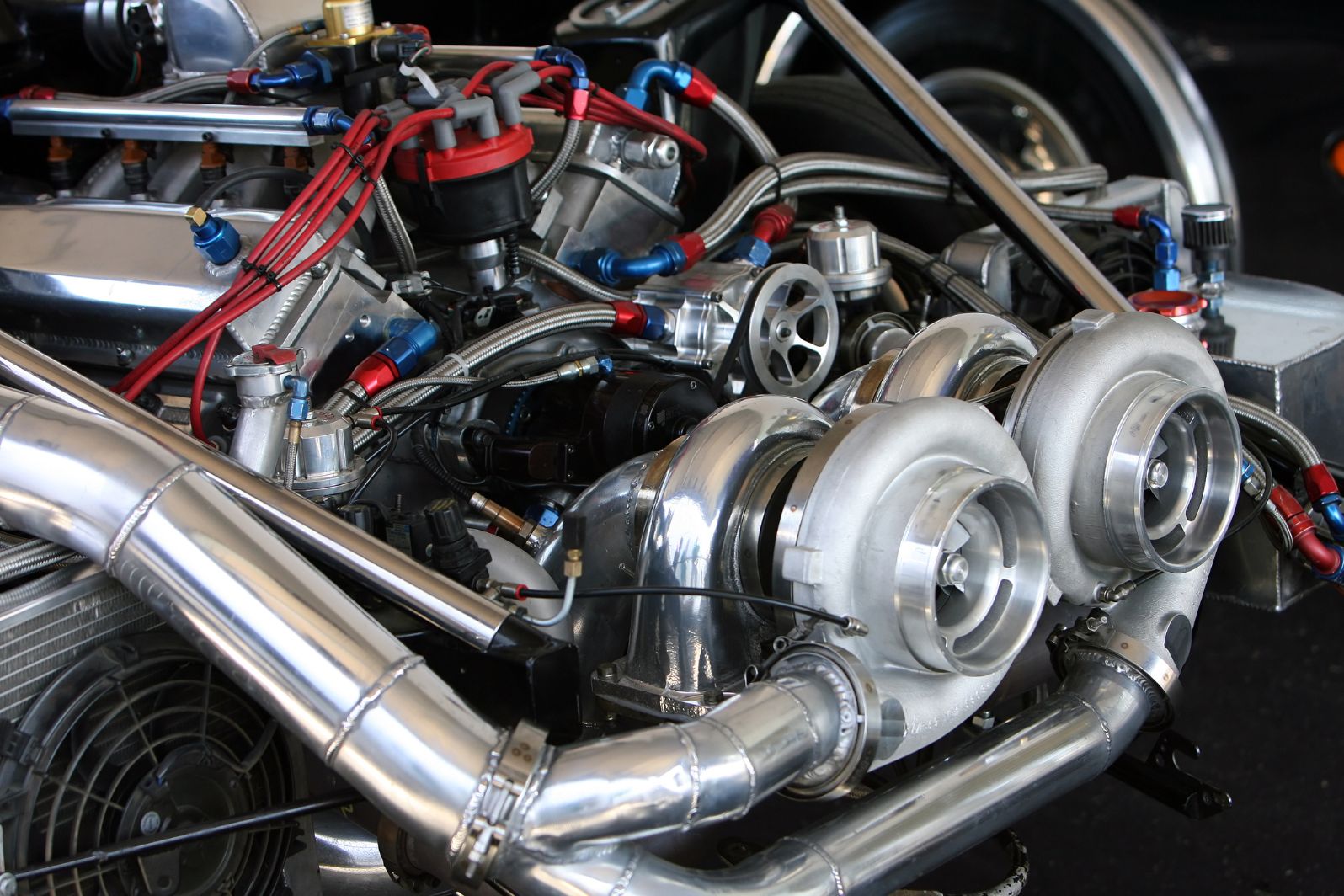Turbo technologies have come a long way since their start. They have sparked a revolution in the automotive and industrial sectors.
These incredible advancements have supercharged engine performance. They have also played a pivotal role in improving fuel efficiency and reducing emissions.
In this captivating article, join us as we dive into the latest and greatest breakthroughs in turbo technologies. We’ll explore how they are reshaping the future of engines and machinery.
Get ready to be amazed!
Table of Contents
The Evolution of Turbochargers
Turbochargers, also known as turbos, have been around for over a century, with the first patent filed in 1905 by Swiss engineer Alfred Buchi. Yet, turbochargers didn’t start gaining popularity in automobiles until the 1960s. Even then, they were used in high-performance vehicles.
But automakers started adding turbos to their mainstream models. They did this because of rising concerns about fuel consumption and environmental impact. Most modern cars come equipped with forced induction today.
It’s either a traditional turbocharger or newer technologies. Examples of the latter include electric superchargers and twin-scroll turbos.
How Do Turbochargers Work?
In simple terms, a turbocharger uses exhaust gases from the engine to spin a turbine wheel. A compressor wheel connects to the turbine wheel. As the compressor wheel turns, it forces more air into the combustion chamber. Increasing engine power is possible by burning a larger amount of fuel.
Think of it like blowing air into a fire – more air means a bigger, hotter flame. In this case, the “fire” is the engine’s combustion chamber. The turbocharger compresses the “air,” which is oxygen.
Cutting-Edge Materials and Design
Turbochargers have come a long way since their start in the early 1900s. Today, they are made with cutting-edge materials. They are designed to be more efficient and durable.
Lightweight Alloys
One major advance in turbo technologies is the use of lightweight alloys. In the past, turbochargers used to be quite heavy, which had an impact on the weight and handling of vehicles.
But now, with modern turbochargers, they use titanium and aluminum to reduce weight. This doesn’t compromise the structural integrity.
Aerodynamic Innovations
Aerodynamics is key when it comes to turbocharger efficiency. The latest advancements have led to finely crafted compressors and turbine blades. They optimize airflow for better combustion.
Engineers have fine-tuned the aerodynamics of turbochargers. They used computational simulations and wind tunnel testing. This has improved their performance and fuel efficiency.
Electronic Turbocharging
The use of electronic turbocharging has revolutionized the industry. This technology allows for precise control of boost pressure and quick response times. It eliminates the dreaded “turbo lag”.
Smart Boost Control
Electronic components integrated into turbochargers have led to electronic turbocharging systems. These systems use sensors and actuators to track boost levels.
They also adjust boost levels depending on the driving conditions. The result? The engine is more responsive. It gives top-notch performance. It still keeps fuel efficiency in check.
Turbocharger Wastegate Control
Electronic wastegate control is another cool innovation that boosts turbocharger efficiency. Electronic systems can regulate exhaust flow by managing the wastegate.
They make sure the turbocharger operates in its sweet spot and doesn’t go overboard. It improves performance and keeps the turbocharger running for longer.
Hybrid Turbo Systems
In recent years, hybrid turbo systems have gained popularity in the automotive industry. These systems combine traditional turbochargers with electric motors. They provide extra power and improve fuel economy.
Electric-Assist Turbochargers
Hybrid turbo systems are pretty cool. They bring together regular exhaust-driven turbochargers with electrically assisted components. You see, electric motors kick in and give an instant boost at lower RPMs, solving the problem of turbo lag.
This technology is especially great for hybrid and electric vehicles. Quick power delivery is super important for them.
Regenerative Energy
Certain hybrid turbo systems have these cool regenerative energy mechanisms. When the vehicle slows down, the electric motor acts like a generator. It turns kinetic energy into electrical energy.
And here’s the thing: batteries can store the recovered energy. The system then powers up the electric-assist turbocharger. This makes the whole thing even more efficient.
Advancements in Turbo Diesel Technologies
Diesel engines have also made some serious advancements in turbo technology. Back in the day, turbo diesel vehicles were notorious for their loud and smoky exhaust.
But today’s diesel turbos are way quieter and cleaner. This is all thanks to improvements in turbocharger design. For example, better aerodynamics and materials have contributed.
Efficient Turbocharging for Diesel Engines
Reliable and durable diesel turbo technologies have always given diesel engines their reputation for being fuel-efficient. But guess what? Recent advancements are taking them to a whole new level.
They are becoming more reliable, and environmentally friendly, and precise fuel injection and advanced turbocharger designs have reduced emissions. They still deliver the robust performance that diesel engines are famous for. How cool is that?
Variable Geometry Turbos
Variable geometry turbochargers, or VGTs, have become a must-have in diesel engine applications. These turbos have adjustable vanes. They optimize exhaust flow based on how fast and hard you’re pushing the engine.
The outcome? Improved low-end torque, less turbo lag, and better efficiency. VGTs play a big role in creating diesel turbo systems that are reliable and built to last.
The Future of Turbo Technologies
Diesel engines keep evolving and making their mark in the automotive industry. Turbochargers are also keeping up with the advancements. Technologies like electric turbochargers and twin-scroll turbos are on the rise. These powerful machines have no limits to what they can achieve.
Sustainable Turbocharging
The automotive industry is moving towards sustainability. Turbo technologies are stepping up to meet the demands of eco-conscious consumers.
Researchers are even finding ways to add renewable energy sources to turbocharger systems. This would make combustion engines more environmentally friendly.
3D Printing for Turbo Components
Using 3D printing technology in manufacturing turbo components is a new trend. It enables intricate designs and customization, boosting performance while cutting production costs. As 3D printing techniques advance, turbochargers will become even more efficient and affordable.
Moving Foward with Turbo Speed
Turbo technologies have come a long way. They’ve evolved from aviation to become vital components in vehicles and machinery. Advancements in materials, design, and electronic integration have boosted the efficiency and performance of turbochargers.
Sustainable turbocharging and 3D printing will shape the next generation of these technologies, driving innovation in the automotive and industrial sectors. The journey of turbo technologies continues with exciting developments ahead.
Don’t stop here! Continue browsing through our variety of articles covering a wide range of topics on our blog.


